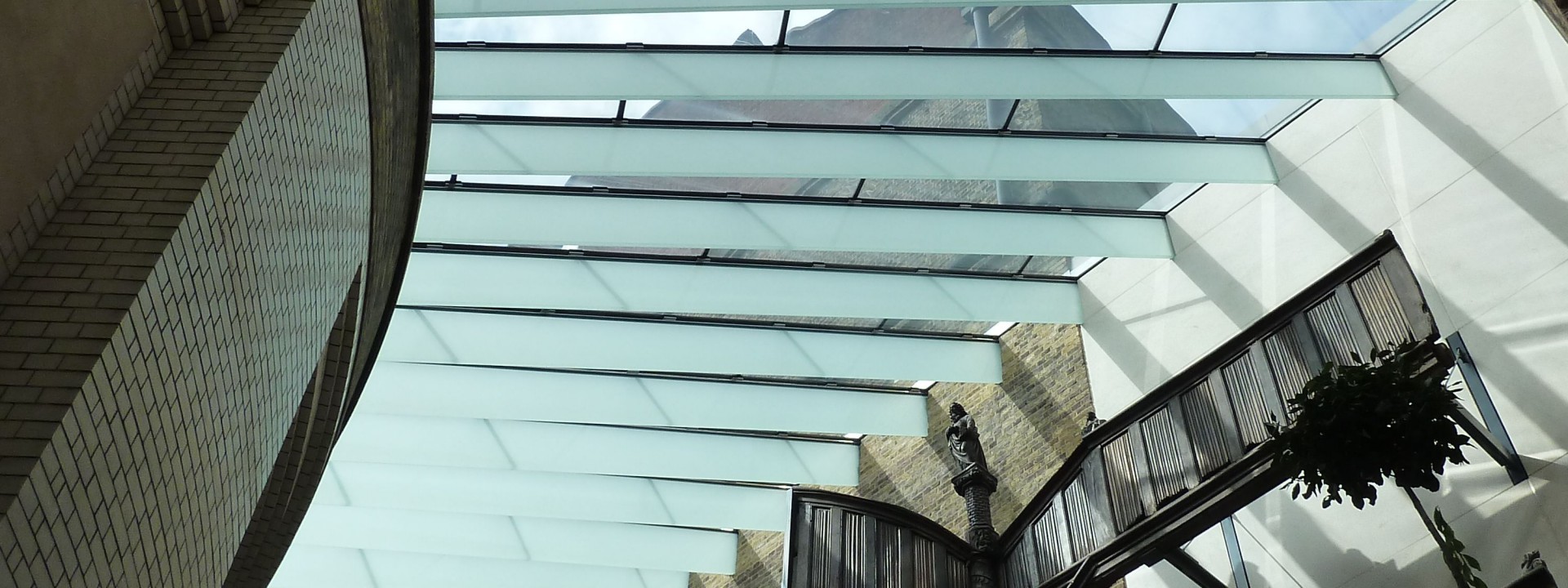
Lamination only recently has really started to gain momentum. This growth is fueled by three main factors: safety, more creative architecture designs and the increasing use of glass as a structural element. For glass processors who choose to diversify by extending into the safety and durability advantages of laminated glass, a rapid return on investment is almost always guaranteed.
Due to its shatterproof properties, laminated glass has been used in the car industry in windshields for the past 50 years to ensure driver and passenger safety. With the increased frequency and intensity of earthquakes, tsunamis and other natural disasters, safer buildings are imperative.
Regulations are becoming stricter, requiring glass providers to move forward to safer building solutions, such as using lamination, which is known for its outstanding durability. That’s why the amount of lamination used today is growing rapidly.
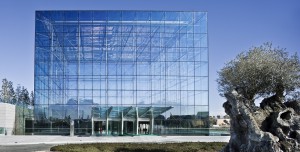
Picture source: GPD 2015, Mick Eekhout, Octatube / TU Delft
Modern architectural designs are calling for more complex glazing solutions. Coated glass, screen printing, multilayer lamination is increasingly finding its way into today’s architecture. The original PVB film used in the car industry has now been complemented by stiff and solid films for large glass surfaces, which come in different class types to match exact specifications. Lamination can also add to the glazing performance, for example, when it comes to acoustics.
In this sense, laminated glass comes as a choice capable to support creativity of architects by bringing innovation to buildings and structures. Film or glass can be painted and still increase the safety and durability of the final end product.
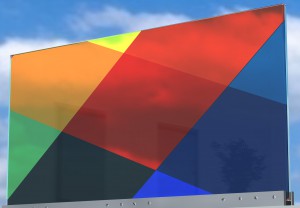
Different films. Picture source: GPD 2015, Hanno Sastre, Glaslabor.de Gmbh
Structural glazing and the use of glass as a structural element are making their way into mainstream building projects. Glass is also making its way further into interior elements, like railings and stairs. In fact, interior elements include more glass than ever before. This increase is mainly due to the growing trend of glass usage as a structural element. The most common structural glass applications are supporting floors and roofs, glass frames and fins for glazed facades.
Laminated glass and tempered glass are important elements in structural glass design. Due to the growing appeal of using glass as a structural element, demand for tempered and laminated glass is on the rise.
Since lamination is at the end of the flat glass value chain, it is an easy way for glass processors to add value to their offering. It gives them an easy way to provide more complete solutions for IG units, interior and exterior facades, furniture and many other new end products. Lamination also enables processors to expand their portfolio by being a one-stop shop for all glass products.
In many cases glass processors first outsource all lamination work to see if there’s enough business to justify an investment in the equipment. Outsourcing lamination, however, also mean paying premium prices. That’s why many glass processors have discovered that if they do invest in the lamination line, it also pays back. Considerations for a glass processor before making any investment would be the amount of floor space, the frequency of laminated glass orders and the cost and technology of the equipment.
Although many technologies exist for the lamination process, including the degree of automation and the elimination of excess workforce, the end quality of the laminated glass determines which method is the best investment in the long run.
Today, most pre-press furnaces still use radiation technology for lamination. This can be long-wave infrared radiation or short-wave radiation. The production challenge in both solutions is the same. Radiation efficiency depends heavily on the glass type being heated, for instance, Low-E or painted glass. When running Low-E glass with a radiation lamination furnace, the Low-E glass reflects radiation, which causes the ambient temperature in the furnace to rise. This causes the laminate sandwich edges to seal too early due to temperatures that are too high on the edges. As a result, the probability of laminate quality problems, such as air bubbles, will increase.
Since different glass types are becoming increasingly popular, a new heating system has been developed for lamination pre-press furnaces. The new solution is taken from glass tempering technology where convection has been used for decades to successfully process different kind of coated glasses. The technology is called convection heating. Also in the lamination process, convection technology can be used to successfully laminate clear, Low-E or painted laminated glass.
Glaston ProL™ is the only furnace that uses full convection to heat the glass sandwich. The technology is based on an optimized heat spread, which ensures the proper heat balance needed for lamination. Additionally, Glaston ProL™ provides high process speed for increased capacity and high flexibility using a variety of operational modes to customize glass according to specific needs.
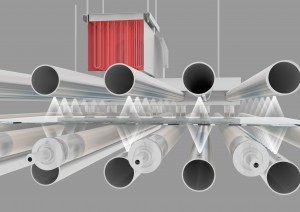
Glaston ProL™ full convection. Picture source: Glaston Corporation 2015
Lamination works well for an abundant variety of uses. Not only glass can be laminated, also plywood, plastic, nanomaterials, and many other new applications are on the drawing board. Yet some of these trends will only take place in a more distant future.
Near term, growth in lamination will continue based on the increasing demands of architects and customers for more decorative, complex buildings. Lamination makes this easy to achieve.
Emerging markets, especially, are moving very quickly to incorporate the regulations that other developed countries have had in place. The EU no longer allows any of its members to build in the old way. Emerging markets have been in a hurry to catch up and so they tend to build new, modern buildings and structures, changing the face of their cities. And to do so, modern equipment is needed.
Laminated glass provides undisputed benefits: it’s safer, more durable and offers design flexibility. Moreover, it’s an easy way to add more value for glass processors and end users alike. The future of lamination looks bright with growth for years ahead. All this means that no matter from what side of the glass industry business you are, get ready to comply with regulations and embrace the opportunities that laminated glass has to offer.
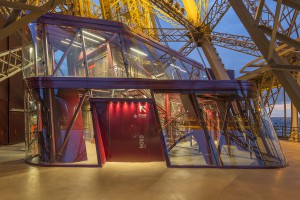
Eiffel Tower. Picture source: GPD 2015, Núria Guitart, Bellapart, S.A.U.
Sign up for Glastory newsletter
We answer your questions about glass processing. Let us know your challenges and we promise to do our best to help you.
Comments are closed.